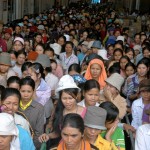Ministries and other national bodies
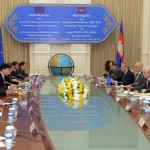
Nearly all of the ministries were established in 1995. A few ministries were only recently created in the post-2013 national election by a separation of one ministry into two. There are 28 government ministries and secretariats, and many national bodies. ...
Legal aid policy and regulation

Public policies are a system of laws, regulatory measures, and plans of action implemented by the government to ensure that its functions are performed predictably and consistently.1 Policies typically outline the guiding principles of an operation; meanwhile, regulations set procedural expectations. Currently, there are no ...
Industrial mining
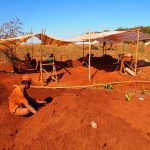
There is no large industrial-scale extraction of minerals carried out in Cambodia yet, but many exploration licenses have been granted and some mining companies have reported promising finds of minerals such as gold. Today companies from China, Korea, Vietnam, Australia and elsewhere are exploring for ...
Land tenure and land titling

Land registration and titling of private property has been ongoing for more than a decade. As the Cambodian government works to formally register all private property, there is a dual system of soft possessory rights to be replaced by hard ownership rights through nationally-recognized title. ...
Forest protection

Deforestation has always been a problem in Cambodia since the 1970s, and it has aggravated inthe last decade. Some protected areas have been deforested. Between 2001 and 2018, Cambodia had lost 557,000 hectares (11.7%) of forest cover in protected areas.19 This loss has had an ...
Education and training
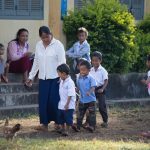
Chi Phat primary school, Koh Kong Province. Photo by ODC team, taken on 28 November 2017. Licensed under CC BY-SA 4.0.Access to free, good quality education in Cambodia is a right set out in the country’s Constitution: Article 65: “The State shall protect and promote citizens’ ...
Animals
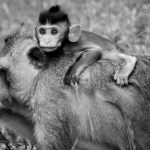
Cambodian animals are state property under Article 48 of the Forestry Law of 2002. This places the Forestry Administration (FA) in charge of research programs and conservation duties. The FA carries this out through its Department of Wildlife and Biodiversity. Conservation programs in the field ...
Biodiversity
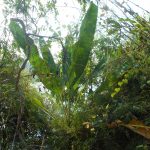
Biodiversity or Biological Resources: Various organisms in the same or different species and living organisms of all levels and sources, including land, marine and freshwater ecosystems, and the ecological relationships in which these ecosystems exist.166 Biodiversity is essential for most of the resources used by ...
Economy and commerce
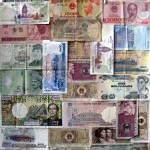
Counting money. Photo by Aaron Gilson, taken on 5 April 2013. Licensed under CC BY-NC-ND 2.0.Cambodia re-opened for international trade in the 1980s, opened up to foreign investment in 1994, joined ASEAN in 1999, and became a member of the WTO in 2004. Its bilateral ...
Non-renewable energy production
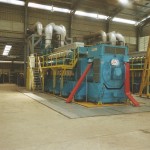
Non-renewable energy sources are chiefly fossil fuels such as coal, diesel, oil and gas. They provide most of Cambodia’s locally-produced electrical supply – in 2011 diesel and heavy fuel oil generators provided 89% of local electricity generation. ...
Forest policy and administration
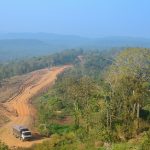
Logging truck in Mondulkiri protected forest , Cambodia. Photo by Global Water Forum, taken on 23 February 2014. Licensed under CC BY-NC-SA 2.0Cambodia is deeply concerned about deforestation. While the country seeks fast economic development, forests represent a tremendous national treasure. In order to help ...
Administration
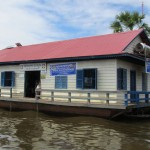
Cambodia’s sub-national administration consists of three tiers: capital city/province, municipality/district and sangkat/commune. Phnom Penh is the capital, and there are 24 provinces, 159 districts (including 26 municipalities and 12 khans), 1406 communes and 227 sangkats. ...
Bar association legal aid services
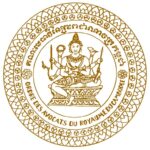
The Bar Association of the Kingdom of Cambodia (the Association) is a non-governmental institution for Cambodia’s lawyers. In keeping with Article 24 of the United Nations Basic Principle on the Role of Lawyers, the Association represents lawyers’ interests, promotes their continuing education and training, and ...
Electricity infrastructure
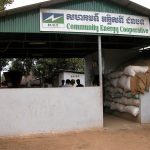
Rural energy cooperative in Cambodia. Photo by Nomade Moderne, taken on 23 March 2006. Licensed under CC BY-NC-ND 2.0The electricity distributed in Cambodia is partly generated within the country and partly imported. For many years, local generation was on a relatively small scale, and was ...
Civil society

The launch event of a project improving the delivery of public services through ICT in Svay Rieng province, Cambodia. Photo by the ODC team, taken on 28 June 2017. Licensed under a CC BY-SA 4.0.Civil society, representing the interests of ordinary citizens, is the part of ...
Cassava

Cassava is a significant contributor to the agricultural sector in Cambodia. The planting, harvesting, processing and export of cassava provides jobs and livelihoods for thousands of Cambodians. Cassava is a significant cash crop for Cambodian farmers.407 Cassava production in Cambodia has increased substantially since 2006. ...
Environment and natural resources policy and administration
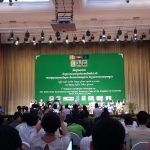
The 7th National Consultation Workshop on the Draft of the Environment and Natural Resource Code of the Kingdom of Cambodia. Photo by Open Development Cambodia, taken on 22 March 2018. Licensed under CC BY-SA 4.0.With 76% of its people living in rural areas,457 Cambodia holds ...
Science and technology
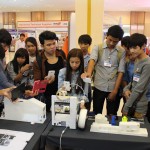
Students gathering around 3D printed models at a construction expo in Phnom Penh. Photo by ARC Hub PNH, taken in December 2014. Used with permission from ARC Hub PNH.Cambodia has achieved considerable economic and social progress in the last few decades, but the country does ...
Protected forest
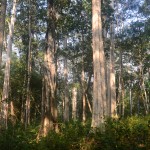
Protected Forests are generally established under individual sub-decrees, specifically for the purpose of protecting biodiversity and conservation. They are home to many endangered or threatened species. ...


